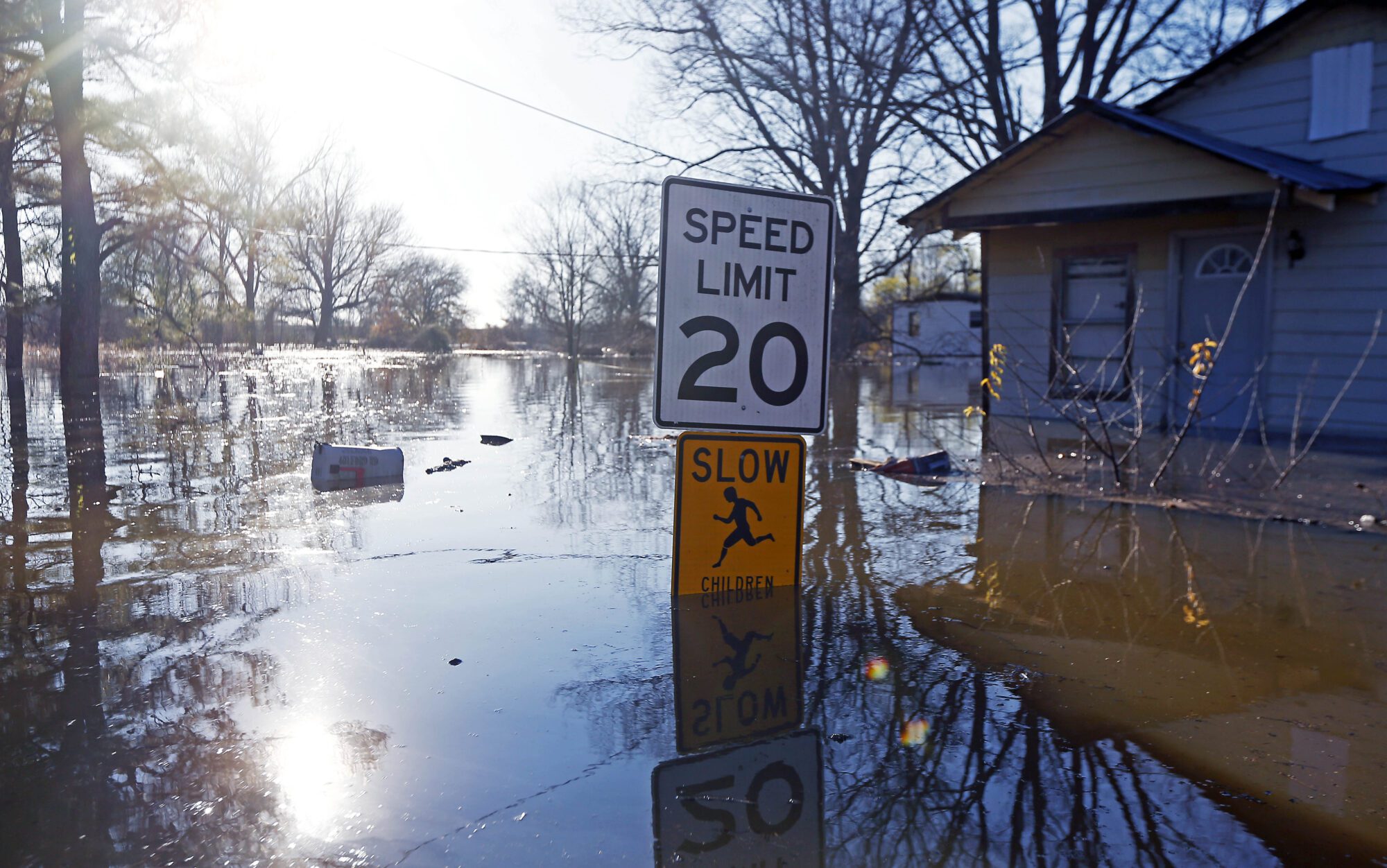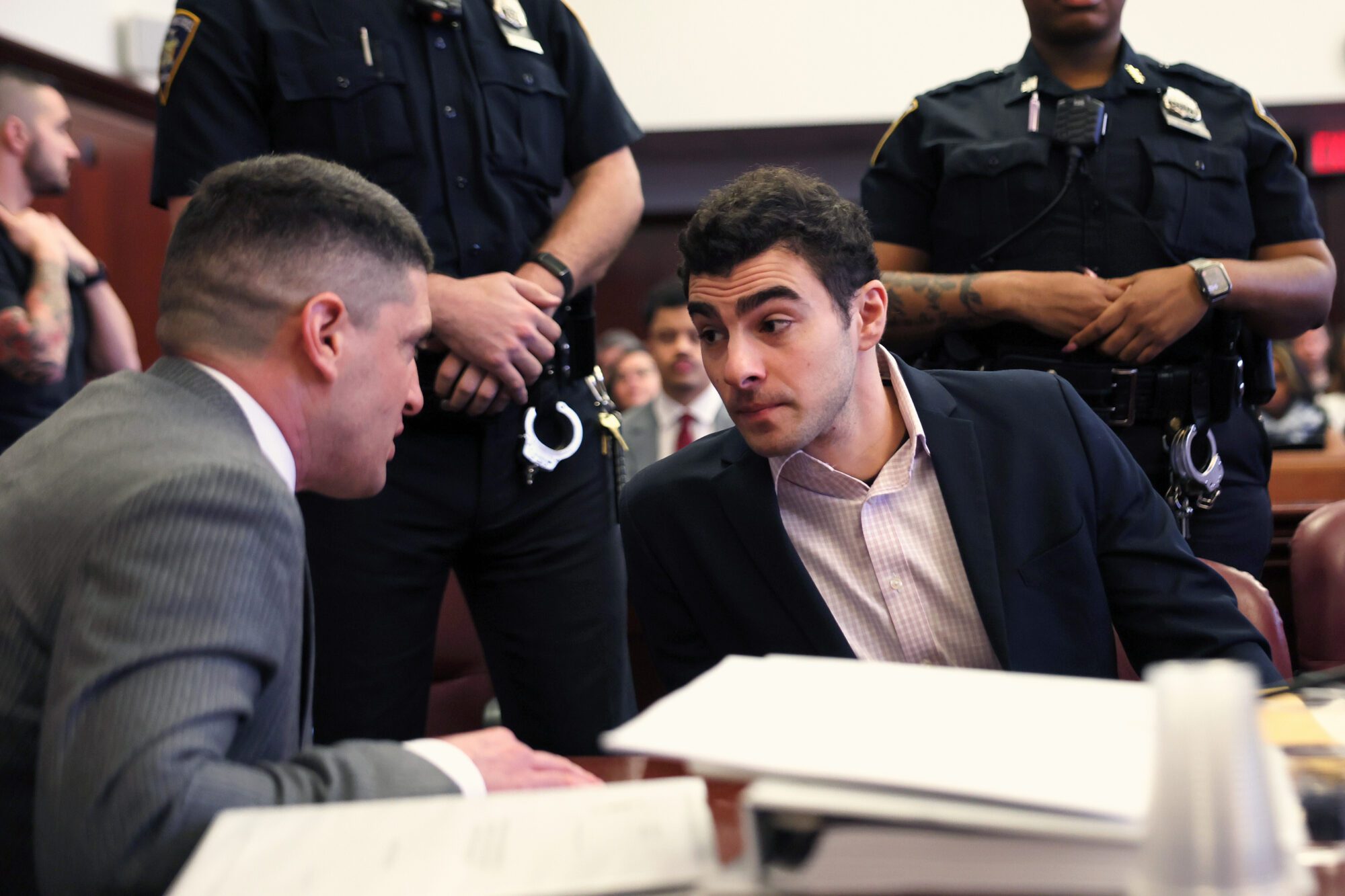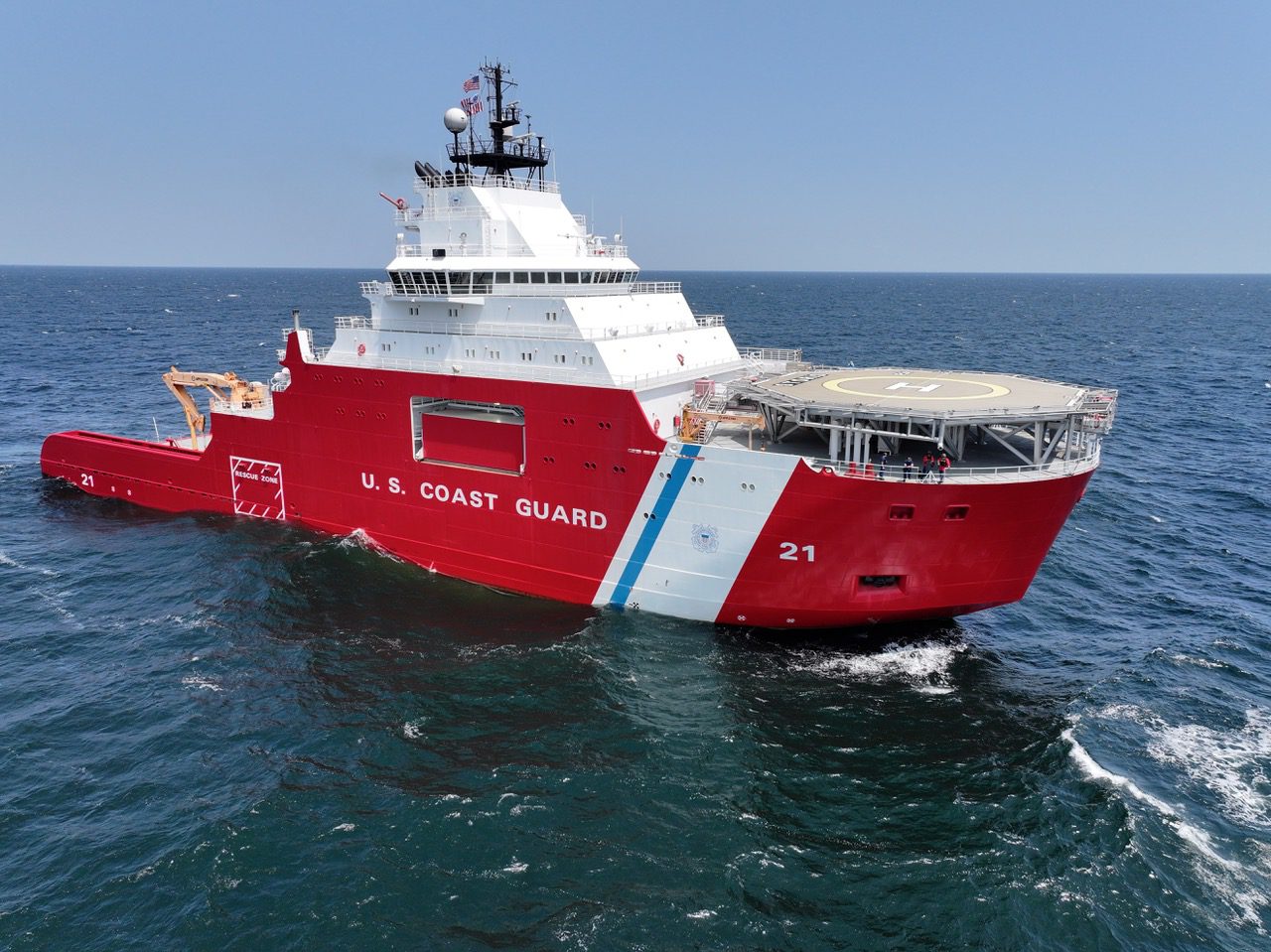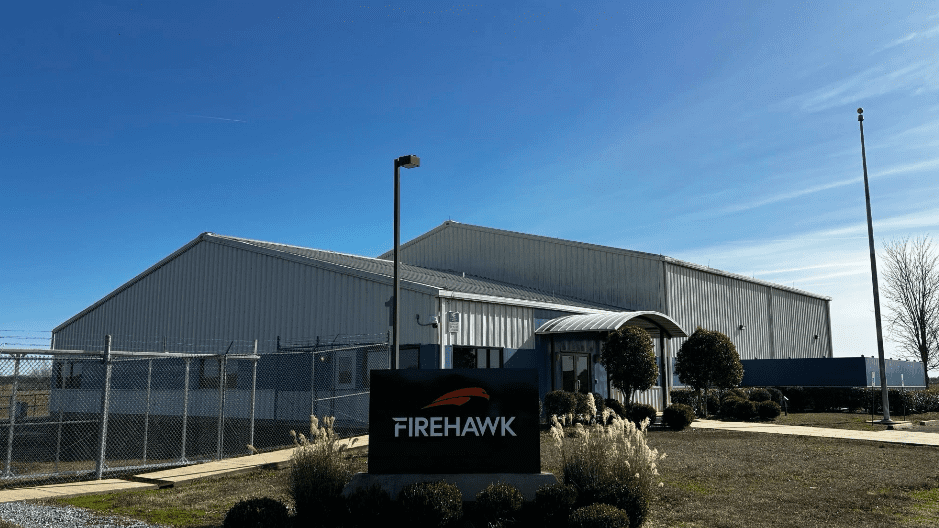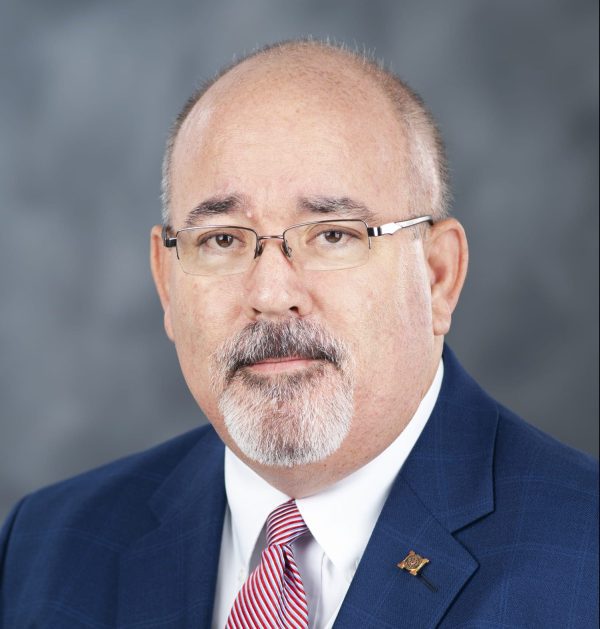
Sid Salter
- Columnist Sid Salter writes that in Mississippi, such disasters are sadly part of our DNA.
Mississippians are generally a generous and empathetic people. We sincerely feel the pain of others struggling to deal with the suffering of natural disasters and communities that are ravaged by wind, water and unrelenting storms.
That Mississippi characteristic is often revealed through acts of self-sufficiency and Good Samaritan service – truckloads of our people, armed with chainsaws, generators, and trailers of drinking water, along with mobile kitchens funded by people of faith in various churches, show up where they are needed.
Perhaps over our history, there have been so many instances after hurricanes, tornadoes, heavy rains with flooding and other calamities in which we in Mississippi have needed and received such help. “Thoughts and prayers” are nice and beneficial in their ways, but real help comes in the form of muscle, money, hot meals, and cold drinks.
Bill Hardin, a popular former Mississippi State College of Business professor and current dean of Florida International University, was in their vacation home in Hunt, Texas, when the surge of the Guadalupe River swept the home away. Hardin survived, but his wife and daughter were still missing as of Sunday and were presumed drowned.
So many accounts of pain and loss have risen from the Texas floods. The sudden brutality of these events is difficult to accept and process, regardless of whether the victims are family, friends, or strangers.
In Mississippi, such disasters are sadly part of our DNA. From the Great Flood of 1927 that my late mother survived as a five-year-old refugee in the Mississippi Delta (246 dead, 700,000 homeless) to the aftermath of the wall of water that leveled the Mississippi Gulf Coast after Hurricane Katrina in 2005 (238 dead, over 1 million displaced) to the Easter Flood of 1979 in the Pearl River Basin (9 dead, 15,000 displaced), we have learned hard lessons.
There was a lethal Mississippi River flood in 2011 that killed 20 people and did more than $3 billion in damage throughout the Mississippi River Basin. National Centers for Environmental Information records reflect that the 2011 Flood “tested the Mississippi River and Tributaries System like no flood before; it was the largest recorded flood through much of the Lower Mississippi River. Stage and flow rates broke records at several locations, and for the first time, three floodways—Birds Point-New Madrid Floodway, the Morganza Floodway, and the Bonnet Carré Spillway—were all operated during a single flood event.”
The Federal Emergency Management Agency watches risk maps for river basins and drainage areas that bear familiar names across Mississippi: Coldwater, Tallahatchie, Little Tallahatchie, Big Sunflower, Upper Tombigbee, Yocona, Yalobusha, Upper Big Black, Upper Yazoo, Deer Creek-Steele Bayou, Lower Big Black, Middle Pearl -Strong, Lower Leaf, Lower Pearl, and Mississippi Coastal.
That means about half of our state is at any point in time subject to flooding, depending on whether cloudbursts “stall” and continue producing heavy rains at critical points in the river or drainage basins. That’s what happened in the Easter Flood of 1979, and that’s what happened in the Texas floods in early July.
I covered the aftermath of Hurricane Katrina on the Mississippi Gulf Coast in 2005. I saw what a 25-foot wall of water can do to life and property. The result, among our friends and neighbors on the Coast, was as if the very hand of God brushed everything between the sand on the beach north to portions of Interstate 10 off the map.
Weather scientists have established that a gauge in the Kerr County town of Hunt,
Texas – where the Bill Hardin family was trapped – measured that the Guadalupe River had become a 37.52-foot wall of water, flowing at a rate far exceeding a normal day at Niagara Falls.
For Mississippians, it is important to note that the responsibility for your safety before such a disaster affects your community and your relief and recovery after the storm or flood dissipates is shared between local, state, and federal governments. The reductions in force and budget cuts to agencies like FEMA may draw applause in political speeches, but ring hollow when inevitable disasters occur and fingers of political blame begin to be pointed.
